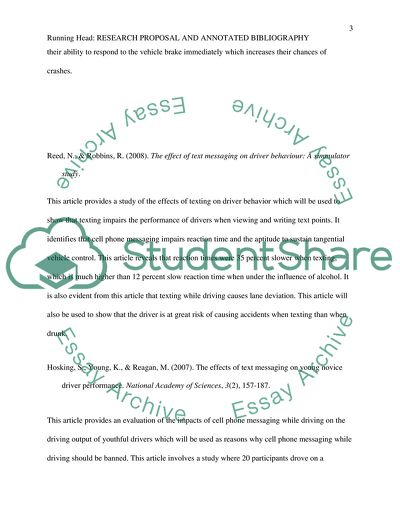Cite this document
(Should Drivers Be Banned from Texting Annotated Bibliography, n.d.)
Should Drivers Be Banned from Texting Annotated Bibliography. https://studentshare.org/social-science/1789764-writing-class-expo-research
Should Drivers Be Banned from Texting Annotated Bibliography. https://studentshare.org/social-science/1789764-writing-class-expo-research
(Should Drivers Be Banned from Texting Annotated Bibliography)
Should Drivers Be Banned from Texting Annotated Bibliography. https://studentshare.org/social-science/1789764-writing-class-expo-research.
Should Drivers Be Banned from Texting Annotated Bibliography. https://studentshare.org/social-science/1789764-writing-class-expo-research.
“Should Drivers Be Banned from Texting Annotated Bibliography”. https://studentshare.org/social-science/1789764-writing-class-expo-research.


